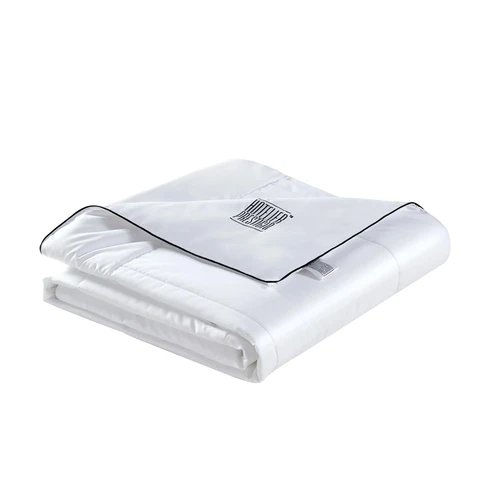
How To Care For Your Quilt?
We have written on the differences between a duvet, comforter and quilt. While all of these terms are used interchangeably, a quilt is traditionally made of patchwork pieces of fabric with patterns on top. If you do own a quilt, this is how you can care for your quilt. By the way, if you have never washed your quilt before, no worries! But it is time to take care of your quilt if you have not washed it for more than two years.
What You Should Not Do For Your Quilt?
Before we start with what you can do to care for your quilt, let’s start with what you can avoid to cause damage to it. The quilt, unlike a duvet and comforter cannot be protected by an extra layer in order that the quilt’s artwork is in full display. So some quilt owners may avoid using their quilt, leaving it in the corner for years without care. Also, some might start picking and pulling at the loose threads as this will damage the artwork on the quilt.
Lightweight 100% Microfiber Quilt from Bedding Affairs Malaysia. Cold or warm machine wash on gentle cycle. Remove immediately and line dry in shade. Can also be Dry Cleaned. It's best to wash it about every six months.
Machine Washing Your Quilt
If you own a traditional quilt, here are some things to look out for before you throw it into your washer. Check the quilt patchwork for any loose threads and do some minor repair before washing.
We do recommend hand washing your traditional American quilt. But if you choose to wash it with the washing machine, set the washer on a gentle cycle. Wash the quilt in cold water with a gentle detergent. If you are worried about the fabric dye bleeding, add Retayne. Retayne is a chemical that helps to lock dye into the fabric. Remember to read the care instructions before using it.
Hand Washing Your Quilt
Now if you own hand-quilted quilts or vintage quilts, it is highly recommended that you wash them by hand. Fill up the tub where you will be hand washing them with cold water and dye-free, perfume-free detergent. Fully submerge your quilt into the water and agitate it till you see the water foaming bubbles. Do this gently to prevent any damage to the quilt for 10 minutes.
Drain away the soapy water and add distilled white vinegar to the refilled fresh water. The vinegar helps to clean away residue from the detergent and also helps to remove stains. Rinse the quilt until it is free from suds.
Drying Your Quilt
Since you would like to protect the artwork on a traditional quilt, it is better to air dry your quilt. A wet quilt can be heavy and it could also cause the threads to pop up if you were to air dry it unevenly. It is better to dry the quilt by laying it flat on a flat rack. Or you can place towels on the floor and leave the quilt on top of it to dry.
To help with getting moisture out of your quilt, you can first lay towels on top and under the quilt and roll it up to squeeze out the water. Best to find an area with sunlight to air dry your quilt.
However, if you must dry your quilt in a dryer, you would want low to no heat to tumble dry it. Do not tumble dry till the quilt is fully dry. Take it out while the quilt is still damp and then air dry it.


